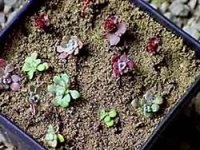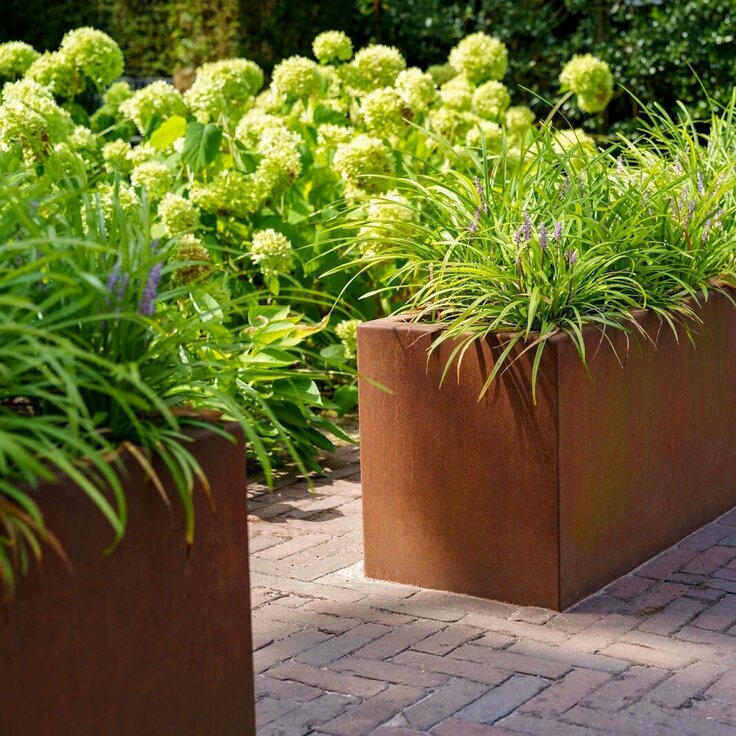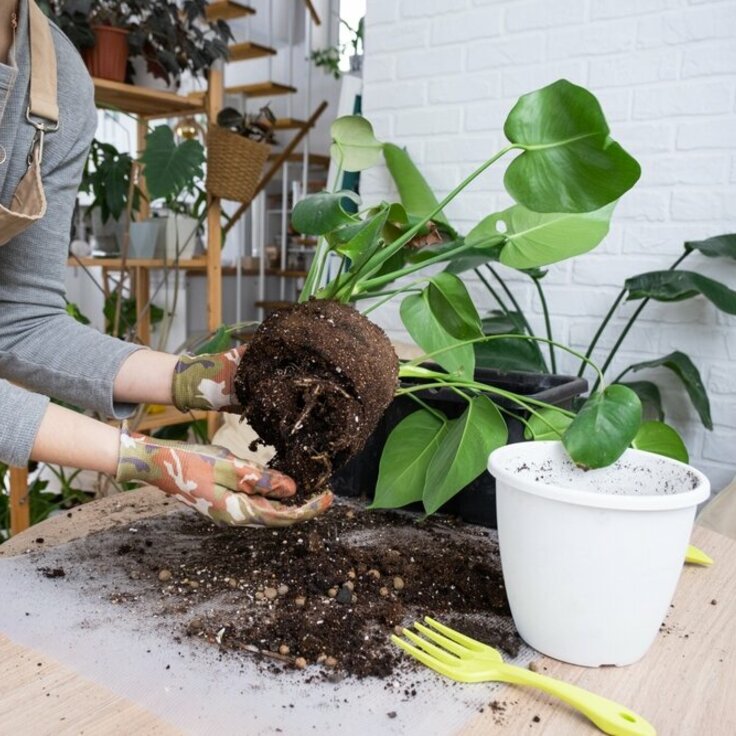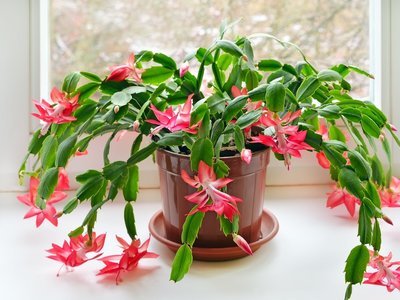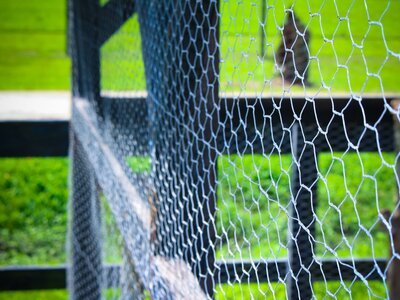What to do with All Those Leaves!
It's that time. What are you going to do with all those leaves? Leaves are a great organic soil amendment. Here are some suggestions for ways to take advantage of this free yearly gift from Mother Nature. Start by shredding leaves by running them over with the mower. Collect them in the bagger attachment and dump them where they're needed or blow them into your garden beds as you mow over them.
Vegetable Garden
In the vegetable garden, you can simply spread shredded leaves as mulch that will begin to break down over winter. In spring, pull the partially decomposed leaves back to plant your seeds and then when the plants are up, pull the mulch back around them. Or they can be turned under to break down over the winter and make a beautiful seedbed that's ready to go next spring.
Leaves are wonderful insulators. You can place bags of them directly over carrots and parsnips left in the garden; they'll prevent the soil from freezing and you'll be harvesting into January. Cover fall lettuce with leaves toward the end of November when it stops growing, and then in spring pull back the leaves so the lettuce can start growing again very early.
Perennials
Use shredded leaves as a nice blanket of mulch for perennials. Putting organic mulch over the plants for winter will keep the soil from alternate freezing and thawing, which can heave plants out of the ground, exposing roots to dessication and cold -- a deadly combination for perennial roots.
The purpose of the mulch is not to keep the plants from freezing -- hardy perennials are adapted to withstand freezing temperatures. Instead, the mulch is there to keep the soil consistently cold so it won't thaw until spring, preventing heaving. This is why the time to spread mulch in your perennial beds is in late fall, after the ground is cold.
Lawn
As wonderful as leaves are, they shouldn't be left matted on the lawn. This will invite snow mold and rodent damage and all manner of not-so-nice results on the grass. But if there is just a light layer of leaves on the lawn, you can mow them in place, chopping the leaves into tiny pieces that will sift down between the grass blades to enrich the soil. A mulching mower works well for this task or you can make multiple passes with a regular mower.
Trees and Shrubs
Rake or blow leaves into you shrub and tree beds. It's not even necessary to shred them. Think about the woods and what nature does with leaves. They fall beneath the trees, making a delightful mulch that slowly decays, enriching the soil. We can do the same for our trees and shrubs.
Research shows that trees that are mulched with about 3 to 4 inches of organic matter actually have stronger root systems and healthier tissues than unmulched trees. If you now have turf right up to your tree trunks, take this opportunity to make new mulch beds by piling 6 inches of leaves in a circle the width of the tree's drip line. Your trees will thank you for it. Next spring you can either add more leaves or shredded bark to your new tree circle.
Don't Burn!
If you have more leaves than you can use, offer them to treeless gardeners or send them to a composting facility if your city or village provides one. But don't be tempted to burn them. It's a huge waste of a good resource and results in terrible pollution.

